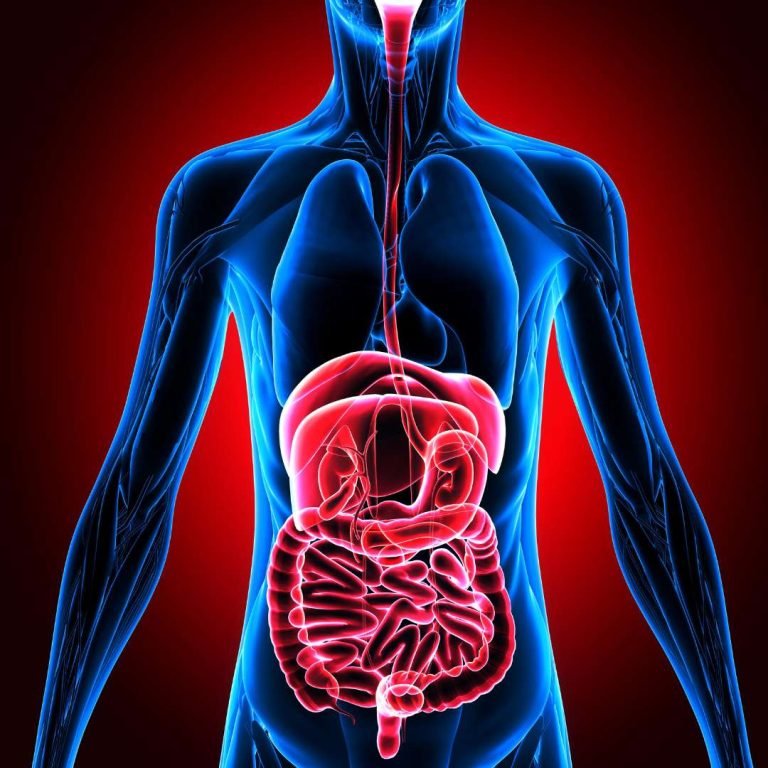
What Your Stool Color & Shape Reveal About Your Gut Health
Your poop is a real-time report card on your gut health—and most people are ignoring it. From color changes to weird shapes to the clues

Home » Stretches for Gut Health and Digestion
Gut health is a cornerstone of overall wellness, influencing everything from our immune system to our mood. Many of us experience digestive issues such as bloating, gas, and irregular bowel movements, which can significantly impact our daily lives. While diet and hydration play crucial roles in maintaining a healthy digestive system, incorporating physical activity, especially stretching, can also make a remarkable difference.
Stretching is often overlooked as a remedy for digestive discomfort, yet it offers numerous benefits. It increases blood flow to digestive organs, alleviates bloating, and promotes regular bowel movements. In this blog post, we will explore how specific stretches can enhance gut health and digestion, providing you with a practical guide to incorporate into your daily routine.
Our goal is to introduce you to effective stretches that can improve your digestive health, making your gut happier and your life more comfortable. Whether you’re dealing with occasional discomfort or chronic digestive issues, these stretches are designed to support your journey to better gut health. Let’s dive in and discover how a simple stretch routine can transform your digestive well-being.
T
Understanding the link between stretching and digestion requires a basic grasp of how our digestive system works and the common issues many of us face. The digestive system is a complex network of organs, including the stomach, intestines, liver, and pancreas, all working together to break down food, absorb nutrients, and expel waste. When this system doesn’t function optimally, we can experience a range of uncomfortable symptoms such as bloating, gas, constipation, and indigestion.
So, how can stretching help? Physical activity, and stretching in particular, can significantly enhance digestive health in several ways:
Increased Blood Flow: Stretching increases blood circulation throughout the body, including the digestive organs. Improved blood flow means more oxygen and nutrients are delivered to these organs, helping them function more efficiently.
Massage of Internal Organs: Many stretches involve movements that compress and release different parts of the abdomen. This gentle massage effect can stimulate the digestive tract, aiding in the movement of food and waste through the system and reducing symptoms of bloating and gas.
Alleviation of Tension: Stress and tension can negatively impact digestion. Stretching helps to relax the muscles and reduce stress levels, which in turn can improve digestive function. The act of stretching encourages deep breathing and relaxation, which are beneficial for both mental and digestive health.
Promotion of Regular Bowel Movements: Stretching can stimulate the muscles of the digestive tract, helping to promote regular bowel movements and prevent constipation. Regular physical movement, including stretching, is key to keeping the digestive system active and healthy.
Incorporating stretching into your daily routine is a simple yet powerful way to support your digestive health. In the following sections, we will delve into specific stretches that are particularly effective for improving gut health and digestion. By understanding and practicing these stretches, you can take proactive steps towards a healthier digestive system.

Before diving into the specific stretches, it’s essential to prepare your body to maximize the benefits and minimize the risk of injury. Here are some tips to help you get ready for your stretching routine:
Warm-Up Exercises:
Breathing Techniques:
Stay Hydrated:
To optimize the benefits of stretching for digestion, consider the timing of your routine:
Before Meals: Stretching before meals can stimulate your digestive organs and prepare your system for the food intake. Light stretching can also help reduce stress, which positively impacts your digestive process.
After Meals: Wait at least 30-60 minutes after eating before engaging in a stretching routine. Stretching too soon after a meal can be uncomfortable and may interfere with digestion. Post-meal stretching can aid in the digestive process by helping to move food through the digestive tract more efficiently.
By following these preparation tips, you set the stage for a safe and effective stretching routine. In the next section, we will explore specific stretches that are particularly beneficial for gut health and digestion. These stretches are designed to be easy to follow and incorporate into your daily life, regardless of your fitness level. Let’s get started on the path to better digestive health through the power of stretching.

Incorporating specific stretches into your routine can significantly improve your digestive health. These stretches are designed to target the abdominal area, promoting blood flow, massaging internal organs, and aiding in the digestive process. Here are six effective stretches to get you started:
Description and Steps:
Benefits:
Description and Steps:
Benefits:
Description and Steps:
Benefits:
Description and Steps:
Benefits:
Description and Steps:
Benefits:
Description and Steps:
Benefits:
These stretches are easy to incorporate into your daily routine and can make a significant difference in your digestive health. In the next section, we’ll discuss how to integrate these stretches into your daily life for optimal benefits.






Creating a consistent stretching routine is key to reaping the benefits for your gut health and digestion. Here’s how to seamlessly integrate these stretches into your daily life:
Set a Schedule:
Choose a Comfortable Space:
Start with a Short Routine:
Morning Routine:
Post-Meal Routine:
Evening Routine:
To optimize your gut health, consider incorporating these stretches into a holistic approach that includes:
Balanced Diet:
Stay Hydrated:
Stress Management:
Regular Physical Activity:
By combining these stretches with other healthy lifestyle practices, you can create a comprehensive approach to maintaining and improving your gut health. Remember, consistency is key, and even small daily efforts can lead to significant improvements in your digestive well-being.
In the next section, we’ll provide additional tips for supporting gut health beyond stretching. These tips will further enhance your journey towards a healthier digestive system.
While stretching can play a significant role in improving your digestion, it’s important to complement these exercises with other healthy habits. Here are some additional tips to support and enhance your gut health:
Eat a Variety of Foods:
Increase Fiber Intake:
Include Fermented Foods:
Practice Mindfulness and Relaxation:
Engage in Relaxing Activities:
Engage in Regular Exercise:
Stay Active Throughout the Day:
Enhancing Bowel Movements:
Improving Detoxification:
Ease and Convenience:
By integrating these additional tips into your lifestyle, you can further support your gut health and improve your overall well-being. Remember, the journey to better digestive health is a holistic one, encompassing diet, hydration, stress management, regular physical activity, and tools like The PoopSTICK. Together, these practices create a robust foundation for a healthy digestive system.
In the final section, we will recap the benefits of stretching for gut health and provide some encouragement for you to start incorporating these practices into your daily life. Stay tuned!
The journey to optimal gut health is multifaceted, encompassing various lifestyle changes and practices. As we’ve explored, incorporating specific stretches into your daily routine can have a profound impact on your digestive health. These stretches increase blood flow to digestive organs, massage internal structures, alleviate tension, and promote regular bowel movements.
By preparing adequately for your stretching routine, you ensure a safe and effective practice. Starting with a warm-up, focusing on proper breathing techniques, and staying hydrated are crucial steps. Timing your stretches appropriately relative to meals further enhances their benefits.
Integrating the six effective stretches—Cat-Cow Pose, Seated Forward Bend, Supine Twist, Wind-Relieving Pose, Cobra Pose, and Child’s Pose—into your daily routine can significantly improve your digestive function. Whether you choose to stretch in the morning, after meals, or before bed, consistency is key.
Beyond stretching, maintaining a balanced diet rich in fiber and fermented foods, staying hydrated, managing stress, and engaging in regular physical activity are essential components of gut health. Additionally, using tools like The PoopSTICK can aid in achieving more natural and efficient bowel movements, contributing to the effective release of toxins from your body.
By incorporating these practices into your daily life, you can take proactive steps toward a healthier digestive system and overall well-being. Remember, even small daily efforts can lead to significant improvements over time.
We encourage you to start incorporating these stretches and tips into your daily routine. Take it one step at a time, and be patient with yourself as you make these changes. Your gut health is a crucial aspect of your overall health, and with consistent effort, you can achieve a happier, healthier digestive system.
Thank you for joining us on this journey to better gut health. We hope these tips and stretches bring you comfort and wellness. Feel free to share your experiences, ask questions, or offer additional tips in the comments section. Here’s to a healthier you!

Your poop is a real-time report card on your gut health—and most people are ignoring it. From color changes to weird shapes to the clues

Wheat isn’t the villain—it’s the kind of wheat that’s wrecking your gut. From ancient grains to modern hybrids, discover how today’s wheat triggers inflammation, worsens

Your gut isn’t just digesting food—it’s controlling your hunger, energy, and even how fast you burn fat. Inside you is a powerful hormone called GLP-1,

Still straining on the toilet? Your posture—not your diet—might be the real problem. Discover how fixing the way you sit can transform your poop from

Happy Poops.
What about your friends?